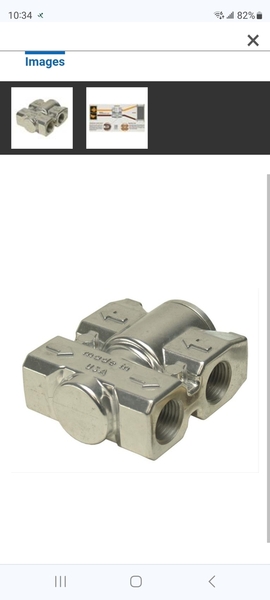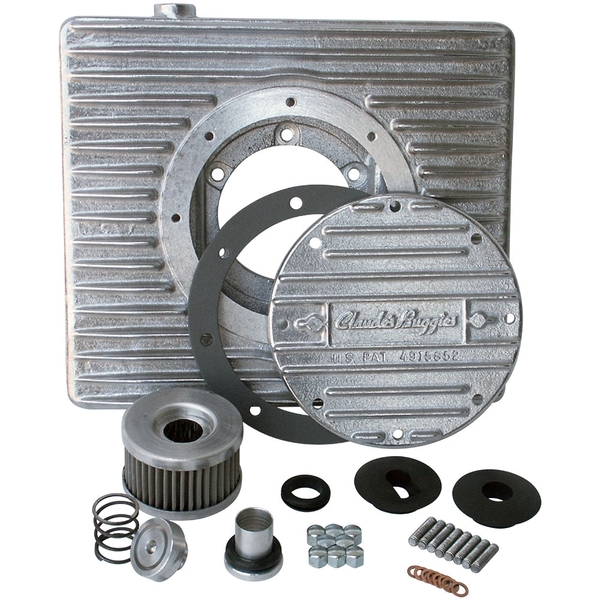To the many Jasons and now just @JasonC
Long ago, in a state not that far away, I wrote a 4-part article on here on converting an engine to full-flow oiling, external filtering and external cooling as well as the placement of an external filter and cooler. It goes into a lot of the thinking I did to arrive at the right components and then placement of those parts to work well. My system has exceeded my cooling expectations at all outside temps, is quiet and just plain works, keeping the engine at 200F or below, no matter what.
The article covers drilling and tapping the engine case, which oil pump I used, selection and placement of the external filter mount, selection and placement of the cooler, hose routing and fittings and so forth. Some of it might be of interest to you and some of it is beyond the scope of what you want to do. It might give you a little more insight or it might just put you to sleep, but the first in the series is below for you to scan. All four parts are found up under "Resources/Knowledge base" at the top of this page.
https://www.speedsterowners.co...ooler-upgrade-part-1
You should look at parts 1, 3 & 4. Part two is all about drilling and tapping into the engine case and probably doesn't apply to what you want to do.
BTW: your exhaust pipe tips are at the end of an imaginary arm that extends about three feet behind the rear wheel rotation point. That means that, as the car nose goes up over a speed bump or uphill, the pipe tips will scrape on the pavement at the end of that arm first, while the sump, even a "deep" sump of 2", will still have plenty of clearance. I get that scraping whenever I visit my son's house. The transition from street up onto his driveway lifts the car nose just enough to scrape the exhaust pipes but it will never hit the sump. To avoid scraping the exhaust pipes, I just attack the driveway at an angle coming and going and.... No scrape.
I am not a fan of the filter inside of the sump, simply because it will ALWAYS be a major Pain-in-the-Butt to change your oil and filter, not to mention that it is on the suction side of the pump, not the pressure side. If it gets dirty it will starve the pump and could cause oil starvation to the bearings and that's not good.
Removing/replacing that big sump plate just begs to leak and leak it will. If you can find silicone sump gaskets, then use them, but IMO it's still gonna leak sometime.
Changing the in-sump filter is a 1 hour job. Changing an external Ford-type filter takes about a minute.








![20240207_121256[1] 20240207_121256[1]](https://www.speedsterowners.com/fileSendAction/fcType/0/fcOid/720788141579469560/filePointer/720647404295957101/fodoid/720647404295957095/imageType/SQUARE_THUMBNAIL/inlineImage/true/20240207_121256%5B1%5D.jpg)

